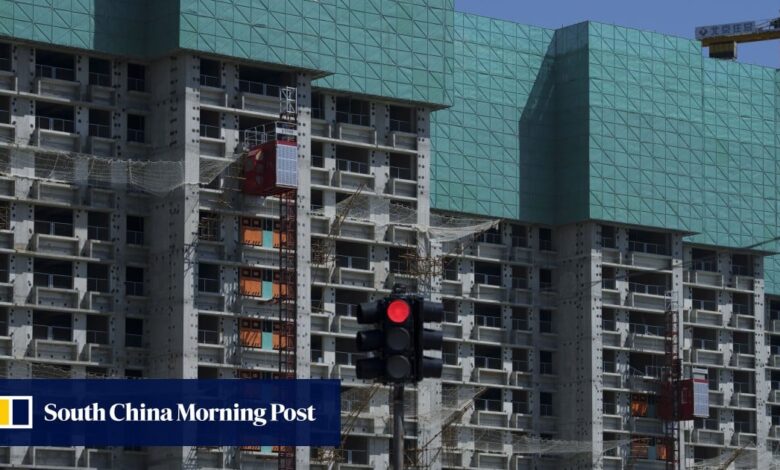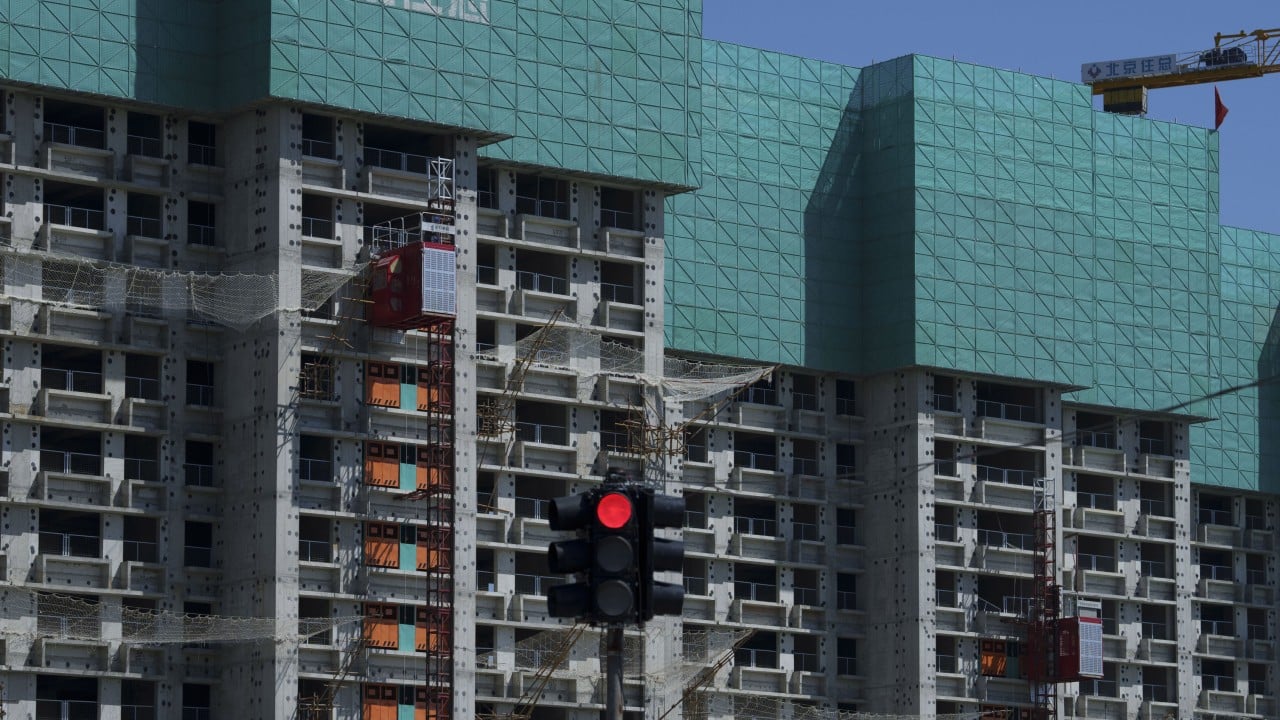China’s non-financial debt growth slows with firms and households unwilling to leverage up


Growth of debt within China’s non-financial sectors fell to the lowest level in more than two decades in the second quarter as corporations and households remained reluctant to borrow, according to a Beijing-based think tank.
The non-financial sectors – mainly referring to manufacturing and services sectors – saw their outstanding debt increase by 8.3 per cent in the second quarter compared to a year earlier, representing the slowest pace since 2001, with borrowing data showing enterprises, consumers and homebuyers are shunning cheaper funding on offer.
The macro leverage ratio had stood at 287.8 per cent at the end of last year.
The macro leverage ratio has been widely used by China’s policymakers to monitor the debt risks.
We need to crank up countercyclical adjustment to bring about inflation to counter the rising leverage trend, boost business confidence and tackle risks
“China’s macro leverage ratio is now higher than other major economies, which is due to years of persistently weak price increase,” the report published by the Beijing-based National Institute for Finance and Development said on Monday.
“We need to crank up countercyclical adjustment to bring about inflation to counter the rising leverage trend, boost business confidence and tackle risks.”
The report added that a breakthrough is overdue in macroeconomic management reforms.
It also tipped a 10 percentage point increase in the macro leverage ratio in 2024 compared to 2023, although funding demand from businesses and households would remain tepid, it said.
A host of data has pointed to a reluctance among businesses and households to borrow more money, even though they have access to cheaper funding.
M2 money supply -an aggregate value of a country’s liquid assets, including currency in circulation and private banking deposits – and total social financing growth dropped to 6.2 per cent and 8.1 per cent, respectively.
“The willingness to leverage up among businesses and households in the second quarter is even weaker than last year,” the report said.
Fiscal income also dipped by 2.8 per cent year on year in the first half of 2024 to 11.59 trillion yuan (US$1.59 trillion), while stock trading stamp duty tax more than halved from a year ago to 50.9 billion yuan, data from the Ministry of finance showed.
The National Institute for Finance and Development report said the third quarter may see a big spike in local government special bond issuance to make up for the slow progress in the first half of the year, while the central government would continue to see its leverage rise in the rest of the year.
The biggest problem plaguing China’s economic growth is property sector woes
Warning that the beleaguered property sector is having a major drag on household borrowing and consumption, the report said it is crucial for Beijing to stabilise home prices as part of its management of the national macro balance sheet.
“Property sector distress has been dragging down the value of non-financial assets of households and crimping consumption … stabilising home prices is a natural requisite for macro management of the balance sheet and to stave off risks of a balance sheet recession,” the report said.
“The biggest problem plaguing China’s economic growth is property sector woes. The decline has a large spillover effect on other industries,” the report added.
Source link



